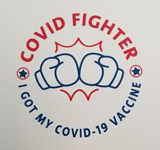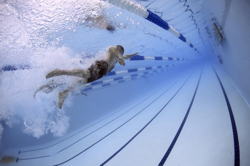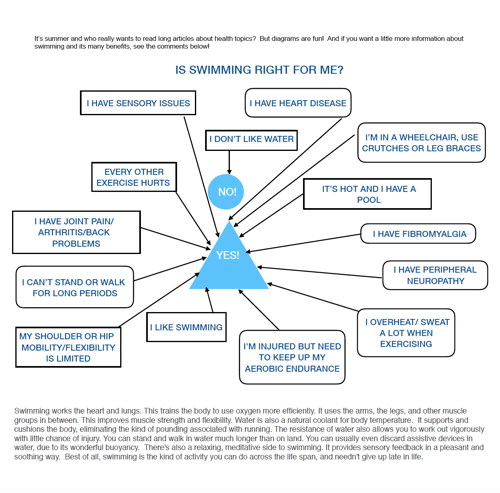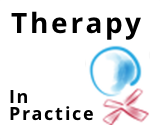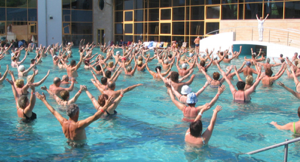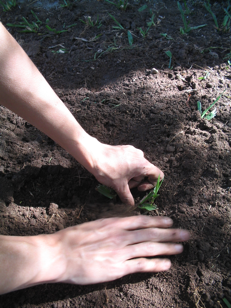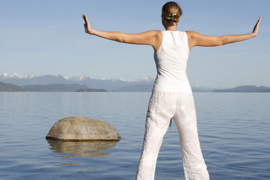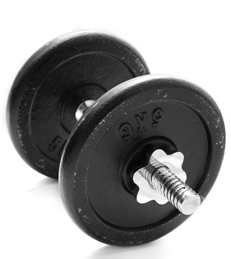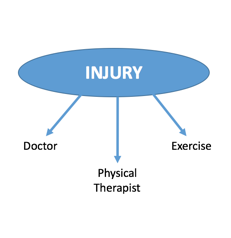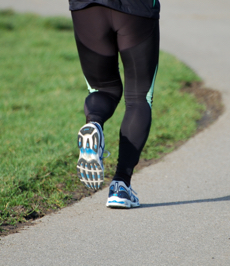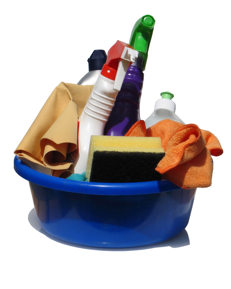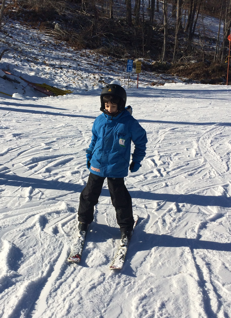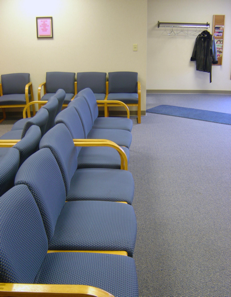With this regularly occurring segment to my blog, I hope to interview other
practitioners, doctors, health club owners, athletes and really anyone who may have a
valuable contribution to make to our understanding of the art and the medicine of
physical therapy. I hope to keep it short and sweet, direct and informative. I was
really excited for this opportunity to interview two personal friends, who I have always
admired for their dedication to their training. While David is an elite athlete
who competes professionally, Lisa is focused more on health/fitness and takes her
commitment to exercise just as seriously. It’s amazing how similar both interviewees
work ethic is despite their different goals.
First, a little background on David: The team he runs with is called Pearl Izumi
Mid-Atlantic. Though small (fewer than 10 members), they came in 4th as a team in the
2014 Club National 10k Championships (it's the biggest open championship race run by the
USA Track & Field Association) behind teams from Oregon, California and Texas. You can
read a little more here.
David has personally finished in the top three in each of the past three NJ State
5k Championships over-40 division, with a 5k personal record of 16:13 as a masters
runner ("masters," by the way, is what the USA Track & Field Association calls any
runner over 40 years old).
So, with so many potential questions to ask, I couldn’t keep the interview strictly to
just 5 questions, but did limit it to 5 general categories of questions. Hey, its my
blog!
1 - How long have you been walking/jogging/running? When did you realize it was your preferred activity to maintain good health or the one you excelled at most?
David: I started running about six years ago. I ran cross country and track in
high school, but then I took a 20-year break where I didn’t do much of anything except
work. I got back into it primarily because I wanted to be outside more. I travel a lot
for work and kept finding myself in nice places – like Seattle, San Francisco and
Chicago – where I’d end up spending all my time in offices, hotels and taxis. I thought
running would be a great way to see these places, so I spontaneously bought a pair of
running shoes and shorts. Initially it was shockingly painful. My lungs were on fire,
and my knees felt like they were coming apart. I actually thought I was fit, but
apparently 20 years of inactivity is not good for the body. Despite the pain, though, I
stuck with it and gradually increased my running mileage, from a mile or two initially
to now 6 to 14 miles a day, six days a week (and obviously not just when I travel).
After the first year, I started to set pace goals and got into racing, where I met other
competitive over-40 runners who have kept me going.
Lisa: I have been doing some combination of walking/jogging for over 10 years. I
did not want to spend money joining a gym and I really enjoyed just being outside.
Moving this way seemed to be the optimal way to exercise because of the health benefits
afforded when you challenge your heart rate this way. It was in my hands when I went,
how long I would do it for and how I would vary it. I also felt most comfortable
walking/jogging. In the past, exercise classes or various machinery (excepting the
treadmill) just didn’t quite feel as good
2- How do you stick to your training routine? Do you ever deviate, and if so, how do you get back on track?
David: Having goals has been important. I run with a team, and while we support
each other I also feel peer pressure to perform well. We race seven or eight times a
year, but really there are just one (or maybe two) big goal races in the spring and one
or two in the fall that we focus on. I’ve stuck closely to my training schedule because
I’m worried about slipping and letting the team down. Looking back on it, I think having
two primary goals a year has been perfect. It means I also get two breaks right after
those goal races are done and the pressure is off momentarily before I slowly build up
to the next one. I also think having a fixed routine has been important for my training.
On weekdays I get up really early and run before anyone else in the house is up. I
haven’t always been a morning person, but I like this routine. I have no chance to
rethink whether I’m going to work out, no creeping dread in the afternoon knowing I’ll
have to work out later. No competing priorities. I just get up and go, and then it’s
done. I also think there’s some benefit to being half asleep when I leave the house. I
put up less mental resistance. A side benefit is that the streets are relatively empty
of cars, although you’d be surprised by how many other runners are out that early, at
least in the summer months. When I run at 5:30 a.m. in Chicago along the lakefront, I
literally see hundreds of other runners. That’s motivating, too.
Lisa: Psychologically, it is important to me to do my routine 3 times a week. Any
more than that could lead to my feeling oppressed by the whole thing and any less may
not be as effective. If we are away and I cannot do it, I resume as soon as we get
back. I feel like I cannot mess around with it or opt out because I know how important
it is for one’s body and not doing it would create angst for me in that regard. I want
be to be healthy and optimize my chances to live long and well.
3- What benefits have you noticed over the years?
David: I haven’t had a physical in years, so I’m not sure about physical health,
but I bet my heart is in much better shape than it used to be. My resting heart rate is
below 40, for example, which I’ve learned from routine visits to the doctor. I also
think I’m much more agile than I used to be. For one thing, my knees no longer feel like
they’re coming apart like they did when I first start running. But to be honest, it’s
really hard to tell what’s happening physically, because I’m at an age (mid 40s) when
everything is supposed to be declining. I feel like, if anything, my running has
forestalled internal aging. Physically, I feel at least as good as I did in my early
30s.The biggest benefit to me, though, has been to my sense of well-being. I enjoy
competing, even just with myself. I love the feeling of being in good shape, running
fluidly, and getting into a zone. I don’t really love how I feel at the end of races
(which is usually delirious and close to vomiting), but a hard workout is fantastic.
Pushing myself and feeling my body respond positively is a rush.
Lisa: I do have more endurance in terms of performing certain other activities
like hiking and I do think it has helped with circulation. Mentally, just having the
time outside to think, say hello to people, has also been good. Knowing that I have
made a commitment to exercise feels right.
4- How important is the right gear/ support group/ running partners?
David: I’ve never had an issue with gear and never given it a lot of thought, but
I certainly think it’s important to have shoes and clothes that you’re comfortable
using. One of the reasons I like running is that it’s so simple. Here’s, though, what I
find indispensable: A quality pair of shoes that fit right, a GPS running watch, comfy
shorts and shirts, and a vented jacket and running pants for the winter. For shoes, I
recommend visiting your local running store and listening to them. When I started, I
picked out my own shoes from a big box retailer, and while I thought they looked great,
they didn’t feel great. A few months later, I went to the Westfield Running Company and
they sold me a pair that felt much better and fit my running mechanics. I’ve been
getting a new pair of the same shoes every four months or so for the past six years and
have had no problems. Aside from basic clothes, the only other thing I rely on is a GPS
watch. It beeps every with a beep and lets me know how fast or slow I’m running, which
gives me just the amount of focus I need. Having running partners has also been
important for me, but the schedule has been a challenge. My running partners are
primarily my teammates, and the support they provide has been great. We also have an
internal rivalry, which has been very motivating. If one of us has a breakthrough, the
rest of us will work harder to catch up. I run with the team a couple times a month on
average, but getting together isn’t always easy, and for me breaking my routine to
accommodate their schedule has been a bigger problem. If my teammates and I were all on
the same schedule and lived closer together, I’d definitely run with them more. It makes
it more fun.
Lisa: I am a lone wolf exerciser. Another person in the mix would distract me and
mess up my groove. That being said, I know for some others, having people to exercise
with is a big motivator. I think having the right clothing and footwear has to be key
to avoid certain discomforts and injuries.
5- Have you ever been injured and how did you resolve the issue?
David: The biggest injury I’ve had has been a strained calf muscle. Generally I
run hard (with high intensity) two days a week, easy three days a week and long (low
intensity but draining) one day a week. This is a pretty classic recipe for racing and
incidentally, is a great way to make running more interesting. However, I have on
occasion gone too hard on the hard days without resting enough between them. On one
particularly hard workout on a cold March morning, I felt a sudden twinge in my calf but
kept running. I thought it was just tight, and I stretched afterwards, but the next day
it hurt much worse. Despite not being able to walk without a limp, I tried running
again, thinking I could work out the soreness. I only got a half mile from the house
before I had to walk back. I ultimately took about week off with a lot of icing and
Motrin. Since then, I’ve been much more careful about easing into hard workouts and
doing them at a more moderate pace if I know I’m not yet in great shape (especially in
March). The only other thing I’ve had a problem with are my tendons, where pain will
crop up once or twice a year. I’ve learned that it’s usually due to inflammation
associated with friction – the iliotibial band, for example, rubbing across my knee.
When I first experience knee pain that wouldn’t go away, I bought a foam roller
(basically, log-sized piece of hard foam, which my teammates told me I had to have) and
rolled my lower thigh against it. The pain went away almost immediately. I think I’ve
been lucky, but in all cases of tendon-related joint pain, I’ve been able to get rid of
the pain within a day and never really had to stop running.
Lisa: I feel lucky to have not sustained any acute injuries. I do have pain in my
feet at times or an awful cramp but I just try to plug along and right now they have
stayed at a certain manageable level. If anything became too obstructive, I would seek
help.
